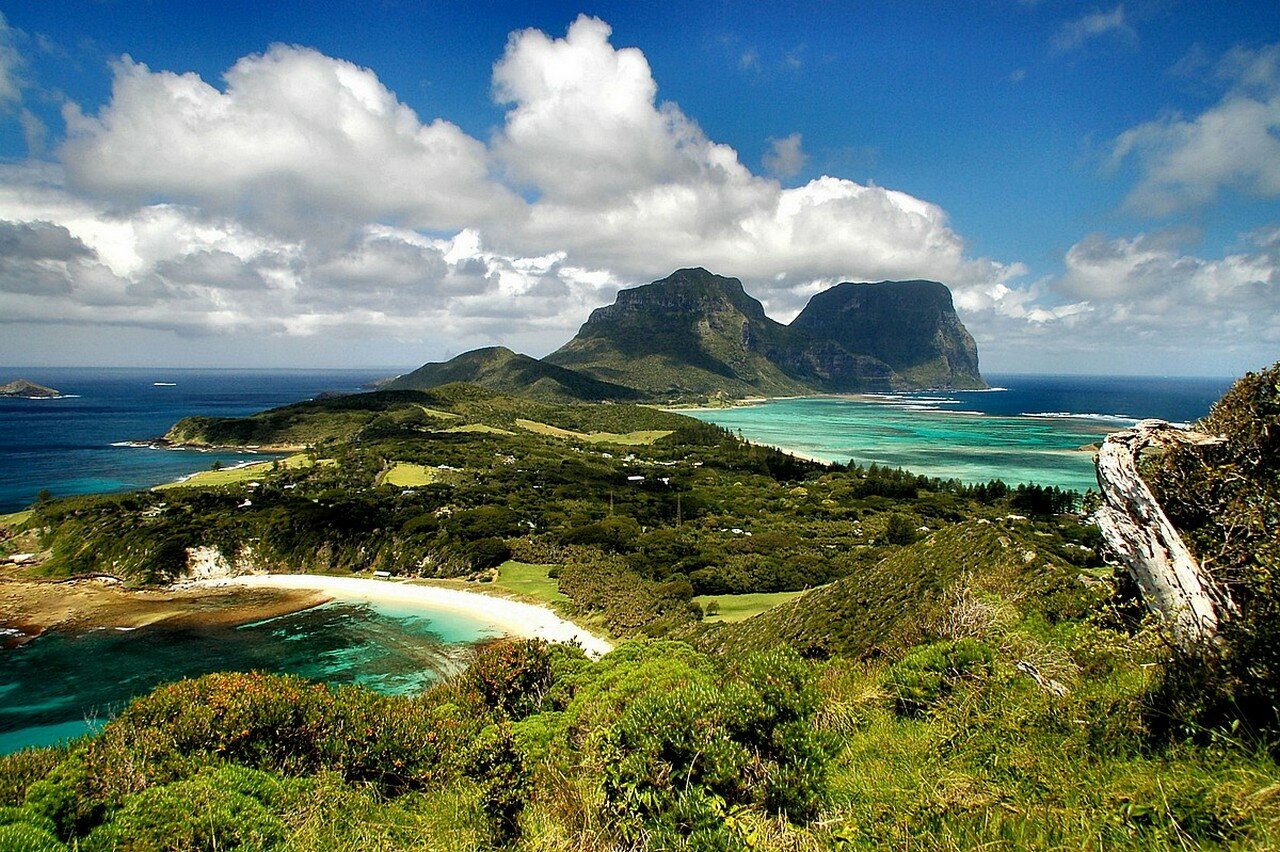(Reuters) - JPMorgan Chase & Co's decision to radically change the way risk was measured in its Chief Investment Office is likely to dog the bank in the developing crisis over the big trading losses it has suffered.
The move, which allowed the bank to disguise the level of risk that the CIO was taking in its trading, could become a major focal point of investigations by the U.S. Securities and Exchange Commission and the FBI, former regulators said. It also will likely become part of investor cases in lawsuits against the bank and its executives.
When JPMorgan Chief Executive Jamie Dimon announced on May 10 that the company had lost at least $2 billion through "egregious mistakes" in trading, he also said for the first time that the bank had changed its model for measuring so-called value-at-risk in the CIO where the derivatives portfolio was managed.
The change made the CIO's portfolio, which totaled about $375 billion, appear to be a lot safer than it actually was and gave traders more leeway to make risky bets. The rest of the bank's divisions apparently kept to more conservative modeling.
The old model would have sounded alarms by showing that the CIO could lose $129 million, or more, in a day during the first quarter - a higher reading than during the financial crisis.
But the new model cut that figure almost in half, to $67 million, clouding the view inside and outside the bank of the danger it faced. That figure was lower than the $69 million reading at the end of the prior quarter.
So far, Dimon has not revealed exactly when the model was changed, or why.
Those questions now appear certain to be at the center of regulatory and shareholder inquiries into the losses, which are expected to grow. Some traders and analysts at other firms estimate the final loss tally could exceed $5 billion as the bank tries to unwind its positions. Dimon has said the losses could total $3 billion or more.
LAWSUITS ABOUT RISK
Investors have dumped JPMorgan's shares since the loss was announced, pushing them down more than 17 percent and erasing more than $27 billion of market value. Two shareholder lawsuits were filed against the company on Wednesday, accusing the bank and its management of taking excessive risk.
The SEC is investigating what happened at JPMorgan, the White House has confirmed. [ID:nL5E8GECMU] The FBI has also opened a preliminary investigation, according to agency director Robert Mueller. [ID:nL1E8GG9HX]
A JPMorgan spokesman declined to comment. Spokesmen for the SEC and FBI declined to comment.
"It is logical to expect that the SEC will look at this issue" of the disclosures, as well as why and how the new model was adopted, said Harvey Pitt, a former SEC chairman.
"Regulators are going to want to know if changes were made consistently with the obligation to operate safely and soundly," said Pitt, who is currently CEO of Kalorama Partners, a business consulting firm.
An initial report on the bank's results for the first quarter, made April 13, disclosed the $67 million figure, the reading under the new risk model. It did not say that there had been a change in models.
On May 10, as it explained the losses, the bank showed the $129 million risk reading from the old model. On a call with analysts that day, Dimon said the bank had tried the new model, and then reverted to the old one, which it had used for several years.
"There are constant changes and updates to models -- always trying to get them better than they were before," Dimon said in the May 10 conference call. "That is an ongoing procedure."
That explanation, "does not pass the smell test," said Mike Mayo, analyst at investment firm CLSA. "It is a red flag for them to change the model," said Mayo, author of "Exile on Wall Street," about the inner workings of big banks.
Banks sometimes refine their value-at-risk, or VaR, models but those commonplace changes do not by themselves produce such dramatically different results, said Christopher Finger, one of the founders of RiskMetrics Group, which pioneered VaR models and is now a unit of MSCI Inc.
The model JPMorgan put back in place shows "a huge, huge increase in risk," Finger said.
Finding out how the company decided to change the model would reveal a lot about its internal controls and about how the traders apparently got the upper hand over risk managers, said Finger.
Risk controls on traders in the CIO were eased last year without Dimon knowing, the Wall Street Journal reported on Friday, citing unidentified sources.
Traditional value-at-risk models are not a perfect predictor -- for example, they only estimate the possible losses for most days, losses could be even bigger on a few occasions. But even so, they are widely used as a metric by risk managers, traders, and investors.
Changes in such risk models usually require several layers of approval going up the management ladder, said a risk manager at a large financial company, who declined to be identified.
Mayo said it is important for investors to know who at JPMorgan made the decisions and exactly when, so they can gauge if the loss is the result of bigger problems at the bank.
"I have yet to hear an answer that makes a lot of sense," he said. The lack of transparency makes him wonder: "What else is falling through the cracks?"
(Reporting by David Henry and Jed Horowitz in New York.; Editing By Alwyn Scott, Martin Howell and Kenneth Barry)












 The area of its base - a total of 200 square meters. meters. But the height - 562 meters. Bols Pyramid lies between Australia and New Zealand, but tourists do not spoil the attention that high-altitude vista of the Pacific. There's really no place to build hotels, no beach. Even the conquest of the peak of 1982 prohibits local authorities.
The area of its base - a total of 200 square meters. meters. But the height - 562 meters. Bols Pyramid lies between Australia and New Zealand, but tourists do not spoil the attention that high-altitude vista of the Pacific. There's really no place to build hotels, no beach. Even the conquest of the peak of 1982 prohibits local authorities.

















